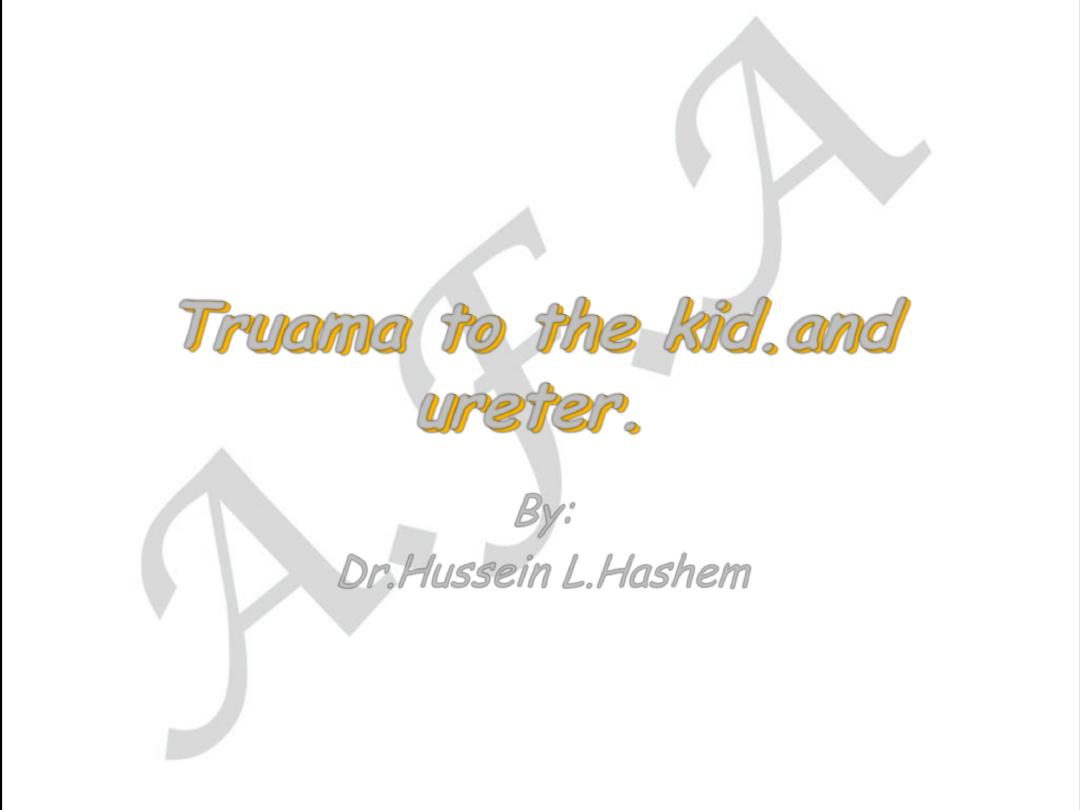
Truama to the kid.and
ureter.
By:
Dr.Hussein L.Hashem
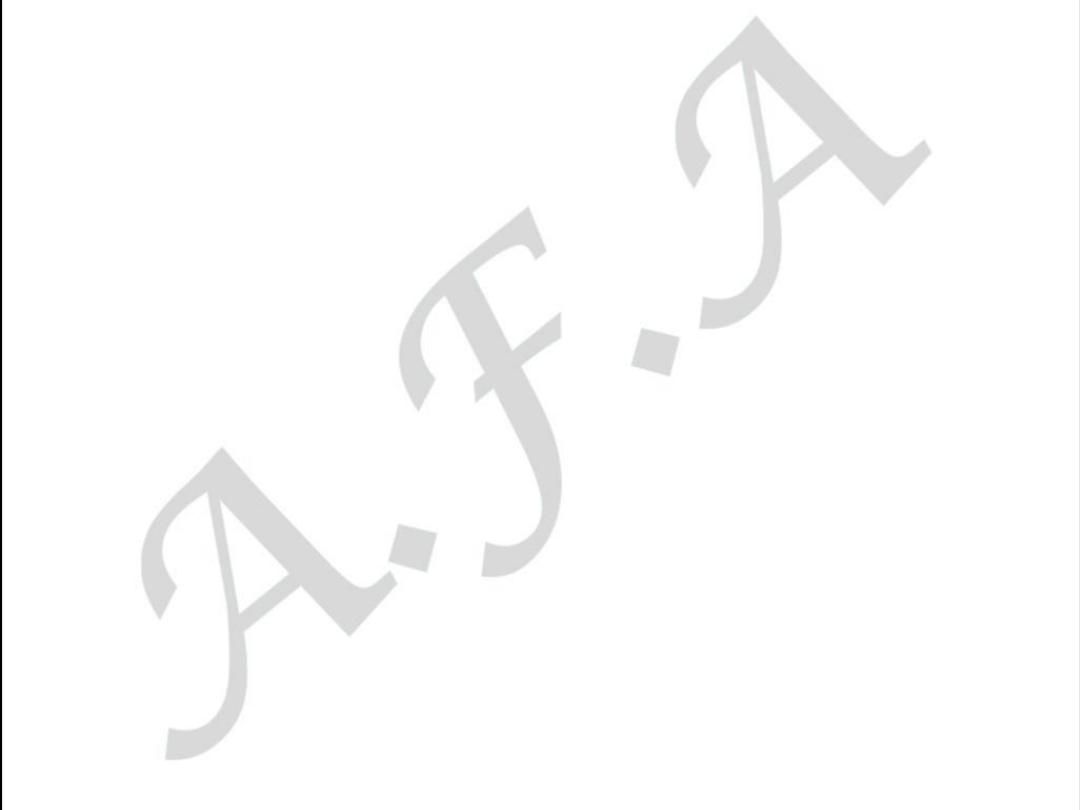
Mechnism of renal inj.:
I-
Blunt trauma----60-90%
e.g. direct blow,fall,motor vehicle
accident,sport inj.,E.S.W.L
II-Pentrating truama:
e.g. stab inj.,war inj.,gunshut inj.
P.C.N.L,renal biopsy
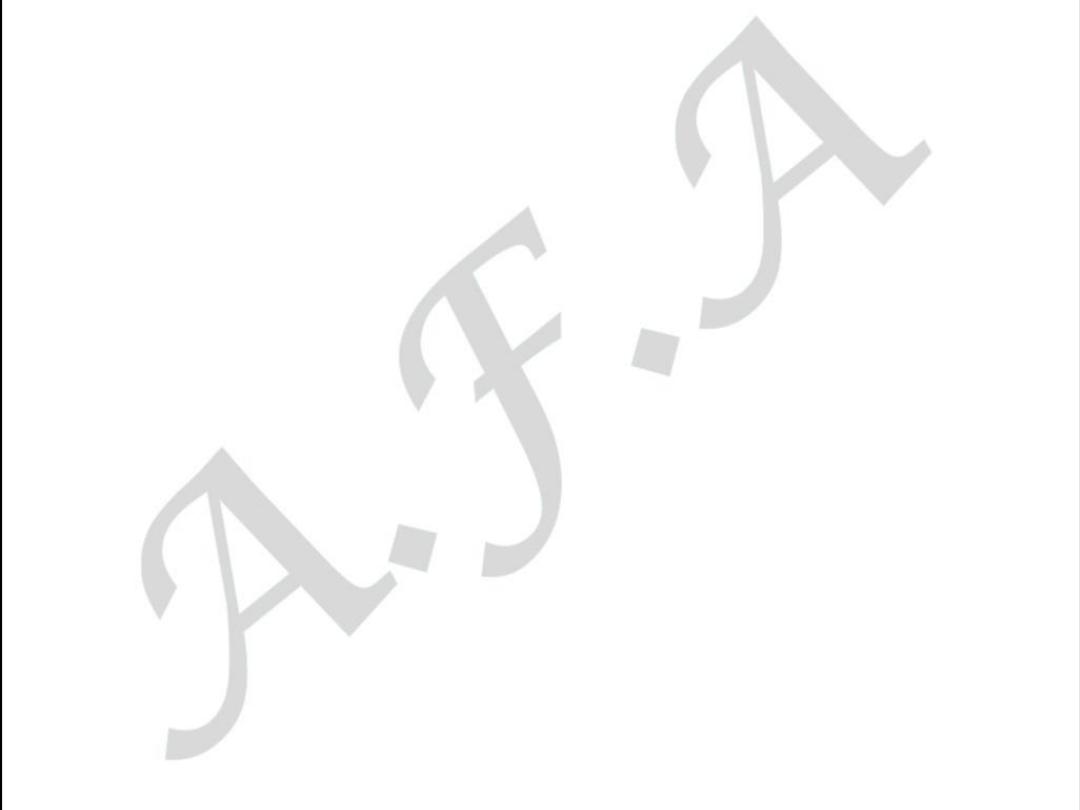
Clinical feature
-
Hx. Of trauma.
-evidance of flank trauma{e.g.rib fracture,flank
ecchymosis}
-heamaturea{mic.or gross heam.}
-heamodynamic instability{B\P<90mhg.}
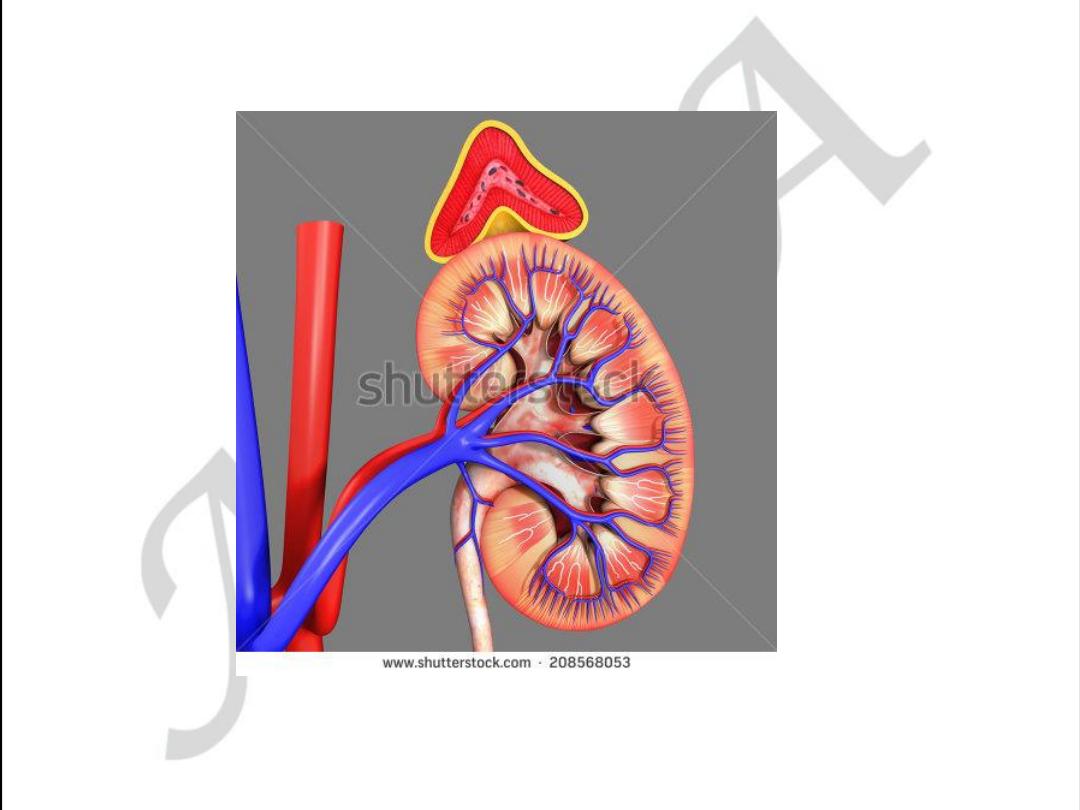
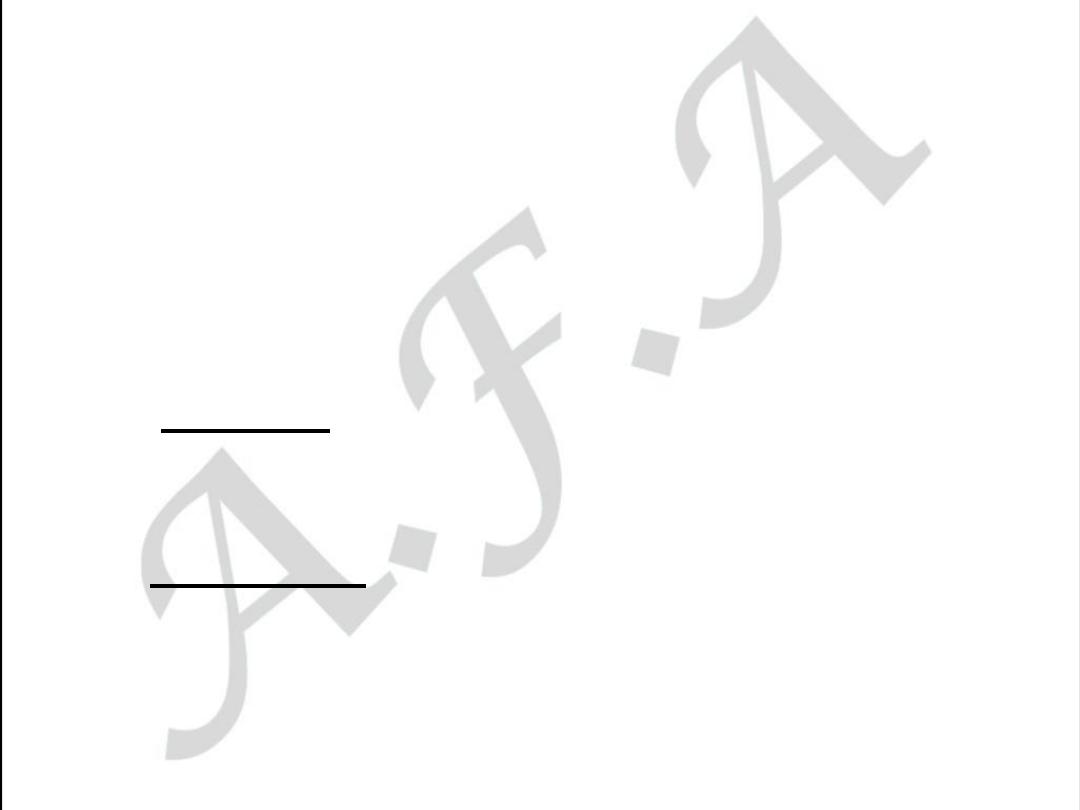
Classification
Minor inj. -----90%
contusion and shallow laceration limited to the renal cortex
Major inj.-----10%
A-pedicle:
i-tear or laceration of segmental or major renal art.
ii-occlusion of seg. Or major ren.art.
B-non-ped.:
Laceration extending through the corticomedularry
junction with or without envolvment of collecting
system.
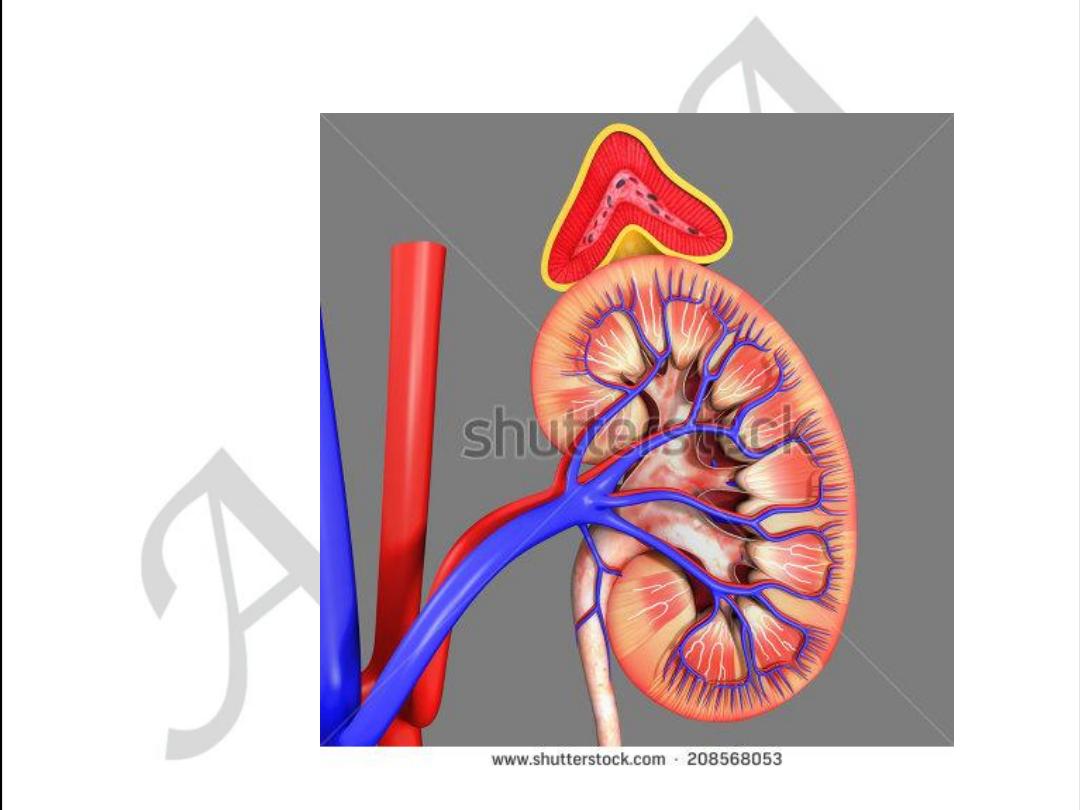
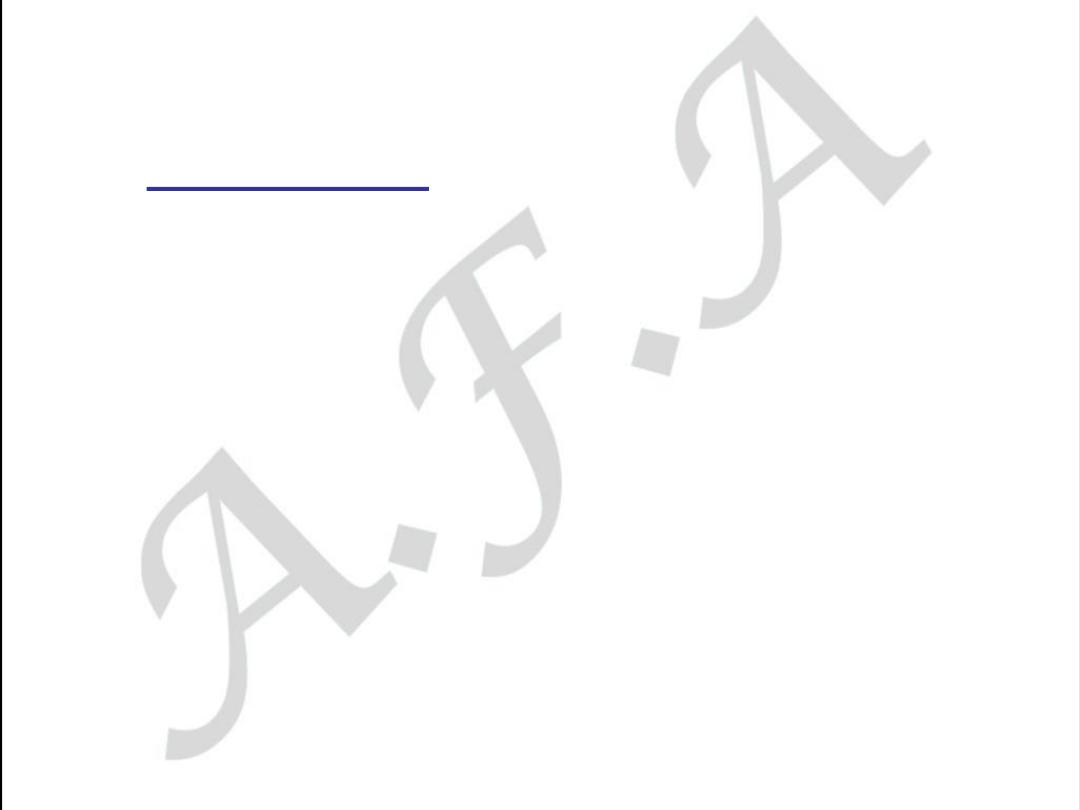
Investigation
-
I.V.U,Spiral C.T{enhanced and non enhanced}
Indication for radiological
evaluation
{for adult}
:
-
Gross heamaturea
-Microscopical heamt.+shock{B\P<90}
-Microscopical heamt. +multisystem
inj.
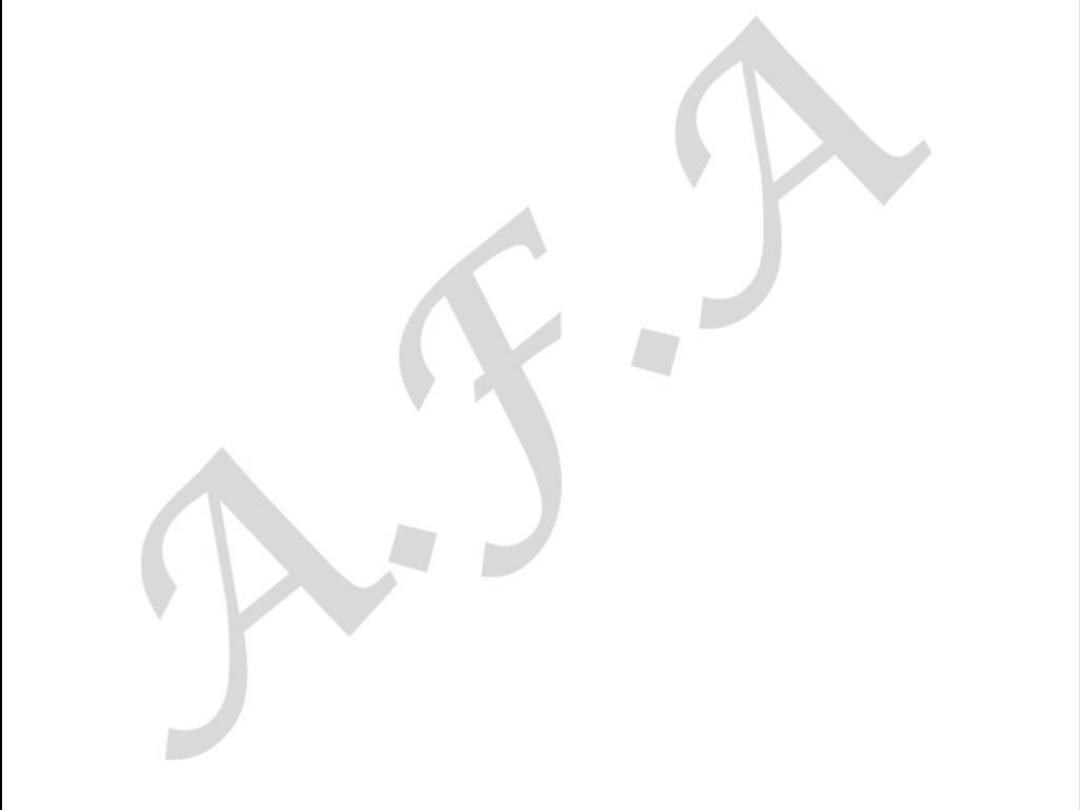
Indication
{for children}
-
Deceleration
-Microscopical heamt.{R.B.C>50/h.p.f}
-Gross heamt.
-rib fracture
This is bec.that the pediatic kid. are at
higher risk of sustaining inj.:
-more mobile
-less protected by perirenal fat.
-relatively larger than adult kid.
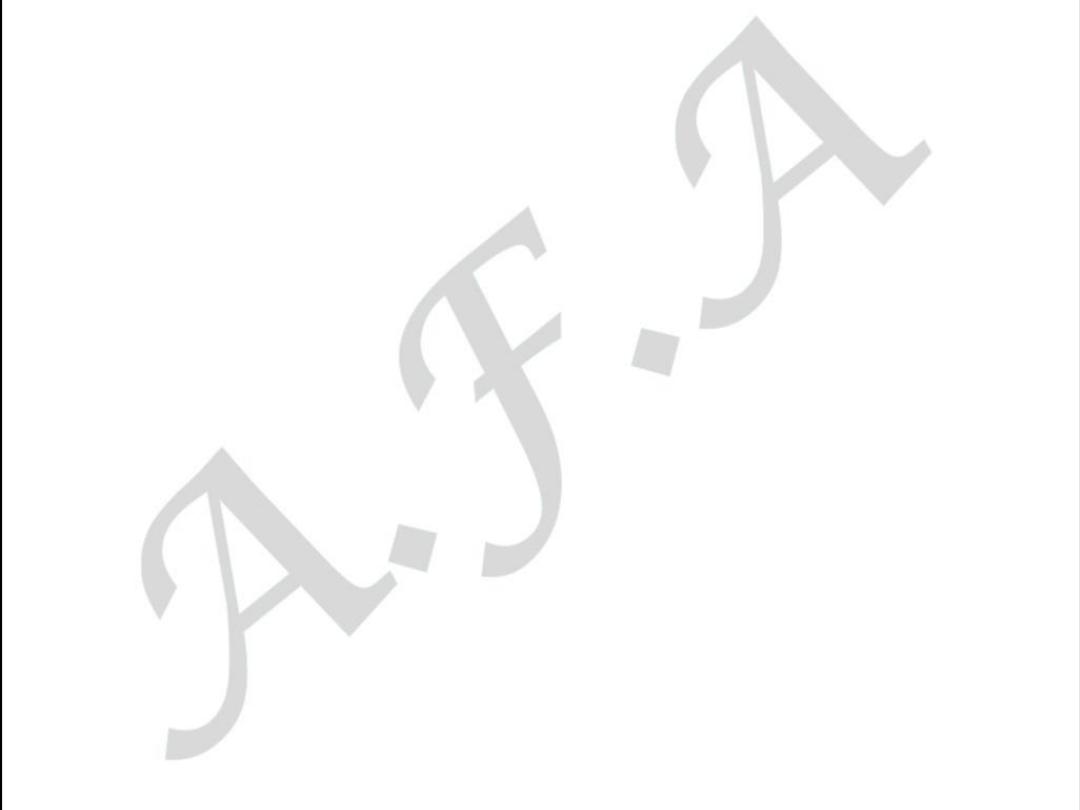
Treatment
I-
Minor renal trauma:
-
Admission to the hospital untill urine become clear.
-complete bed rest.
-antibiotic.
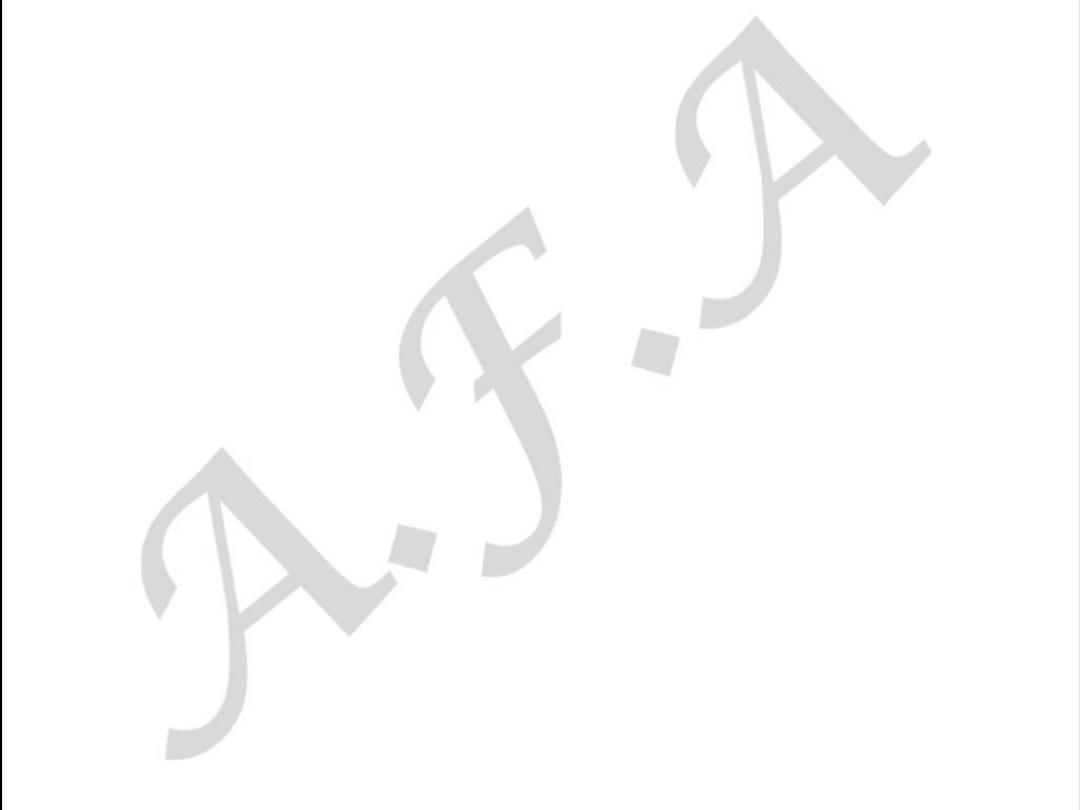
Treatment
{continue}
II-Major renal truama:
A-Blunt non pedicle:
-admission to the hosp.
-good hydration
-complete bed rest.
-braod spectrum antibiotic
-close monitering of vital sign.
-blood transfusion on need.
-exploration if vascular instability persist in spite of
blood transfusion.
Note:urinary extravastion per se is not indcation for
exploration unless sepsis or persistent extravasation.
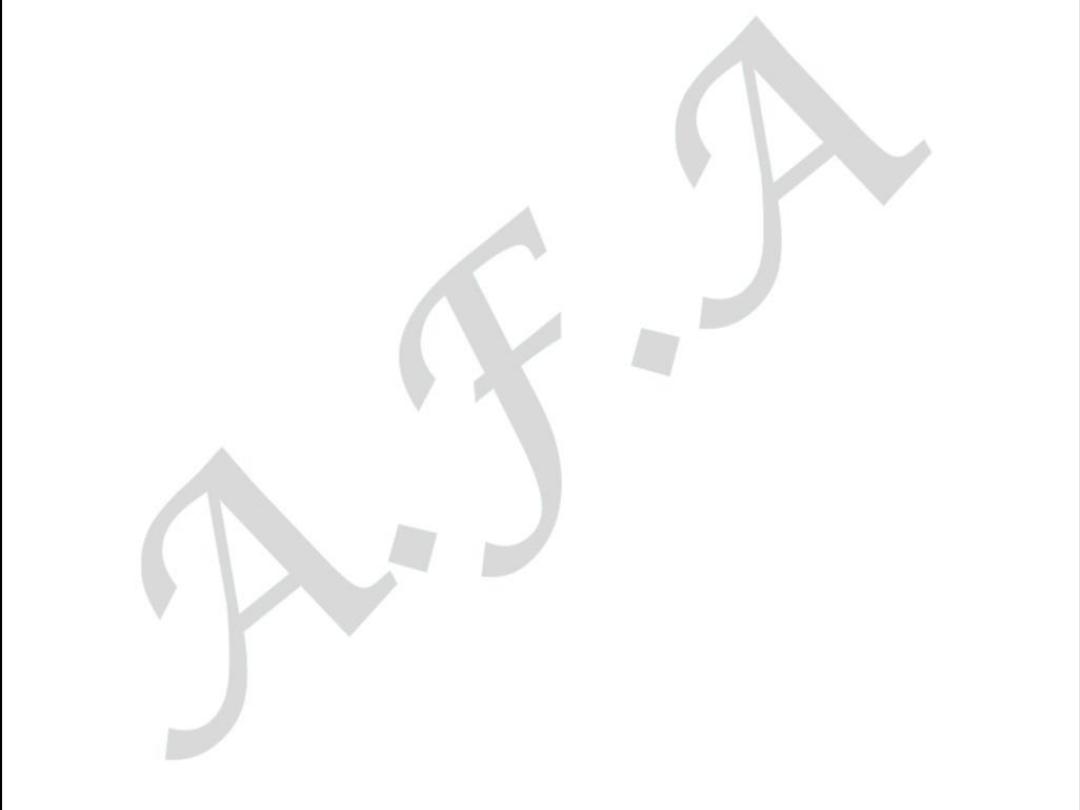
Treatment
{continue}
B-Blunt pedicle truama:
i-
laceration-
----
immediate surgical exploration
ii-oclussion:
-branch or segmental -----------observation
-bilateral occlussion--------immediate exploration+
revasculartion.
-unilateral occlussion with normal contralateral
kid.---------observaion with close follow up for bl.pr.,if
hypertension develop then nephrectomy.
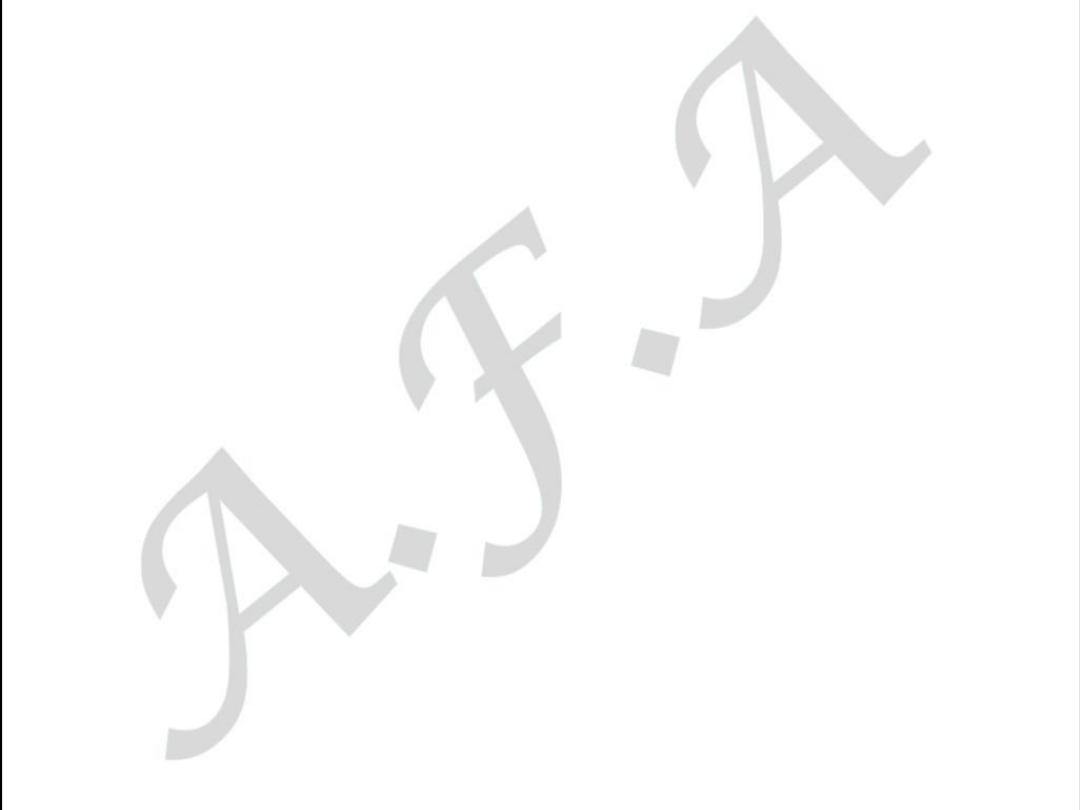
Treatment{
continue
}
Pentrating trauma:
i-gunshot wound -----always exploration bec. of
asso. Multiorgan inj.
ii-stab wound:
a-stab w. occuring ant. To the mid axillary line
that penterating peritoneal cavity-----exploration.
b-stab wound that occurring post. to the mid
axillary line+ -ve peritoneal lavage+superficial
laceration to the kid.{as proven by c.t}-----
observation.
*
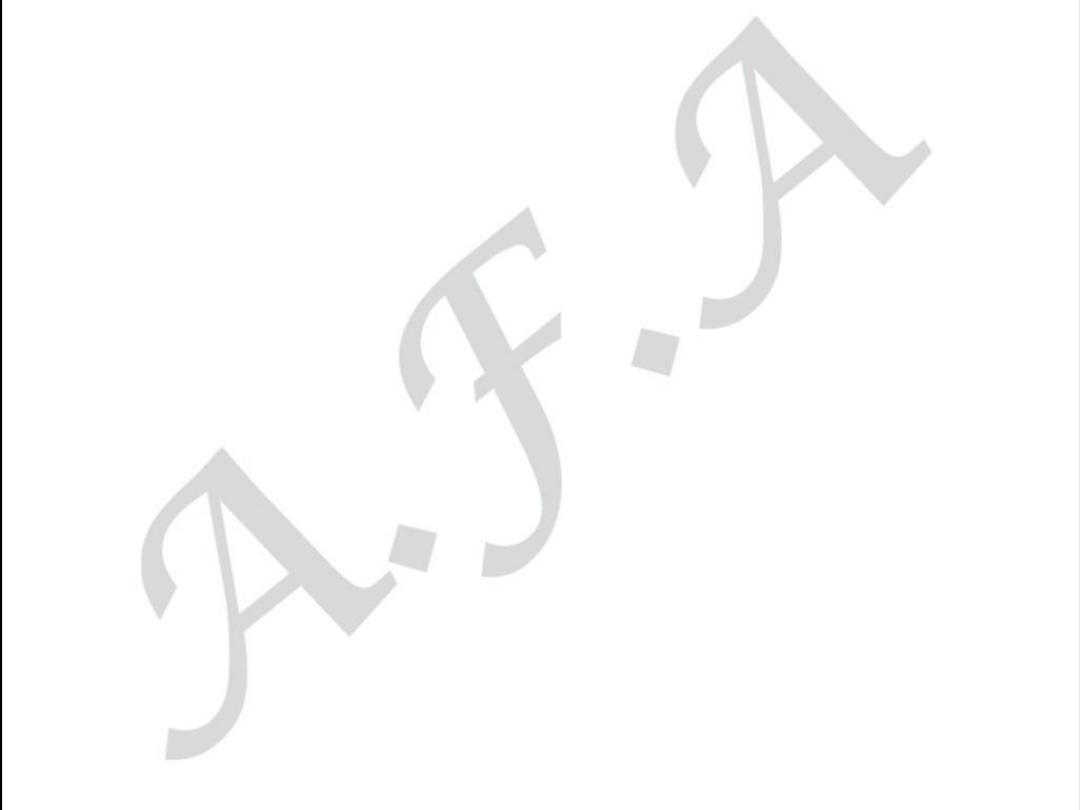
Ureteral Injury
Mechnism:
-Iatrogenic :
-endoscopy of the ureter
-gynecological surgery
-major abdominal surgery.
-
gunshut.
-stab wound.
Note: blunt trauma extremly rare to be the cause uretral inj.
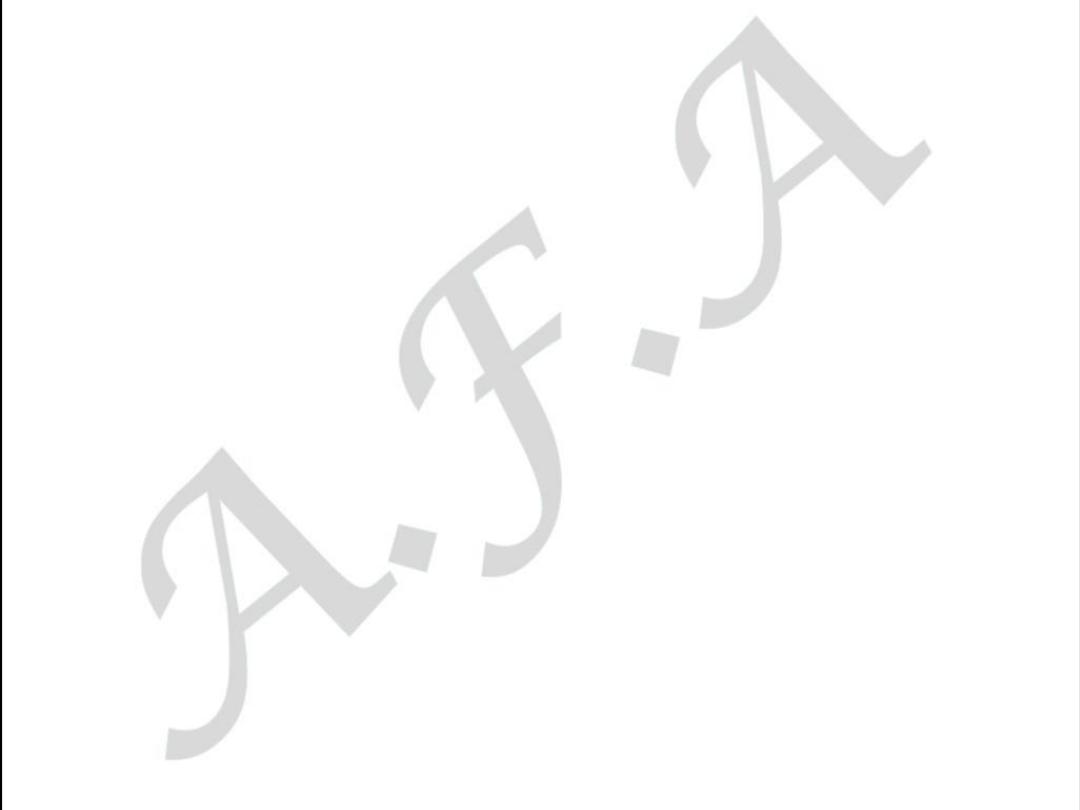
Type of ureteral inj.
-ligation----
during surgery.
-crushing ----
by clamp
.
-perforation----
during endoscopy.
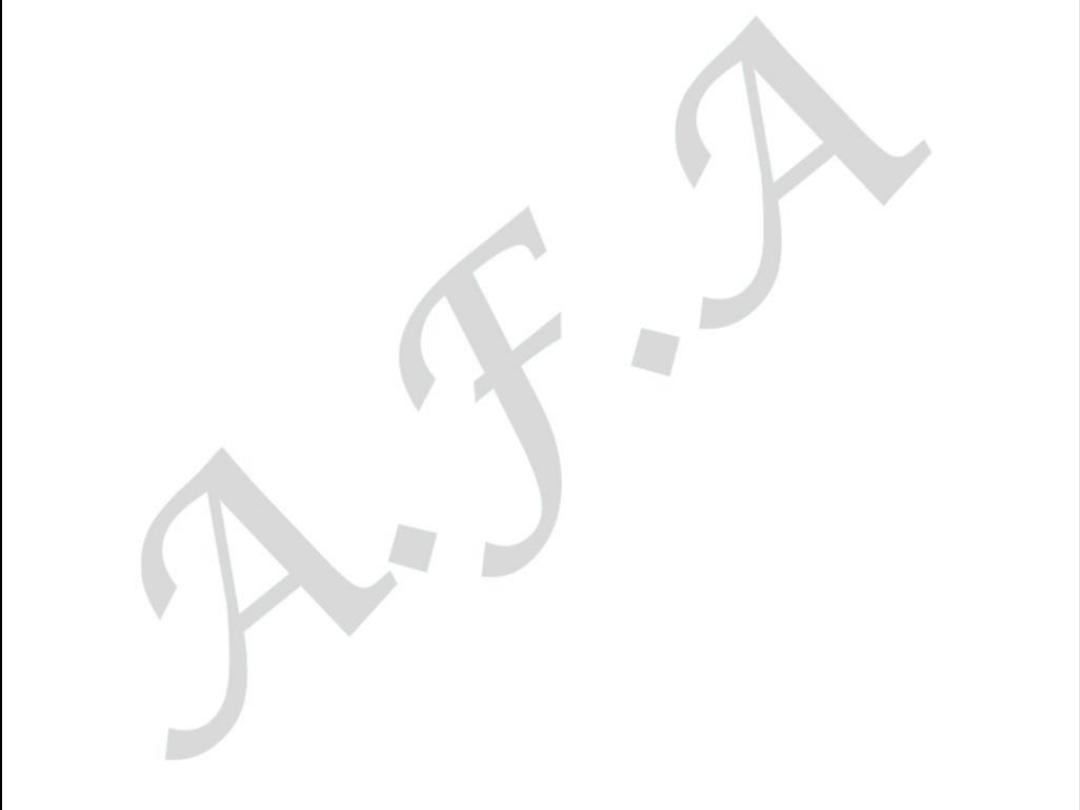
Clincal features
-urinary fistula
-in case iatrogenic trauma:
-prolong adynamic ileus
-persistent flank pain
-palpable abd. Mass
-elevation of bl.urea
-persistent drainge from opertive drainge
site.
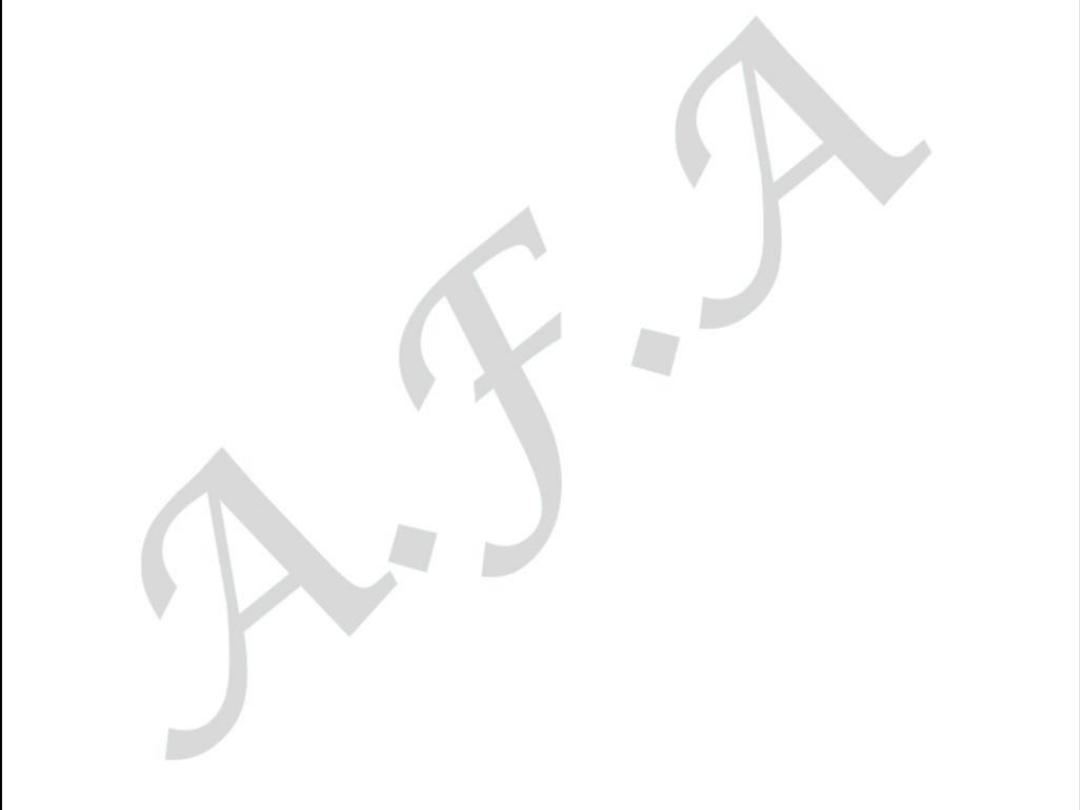
Radiological features
-delayed or non-visualzation of the involve renal unit.
-hydronephrosis.
-Urinary extravasation
-icomplete visualzation of the entire ureter.
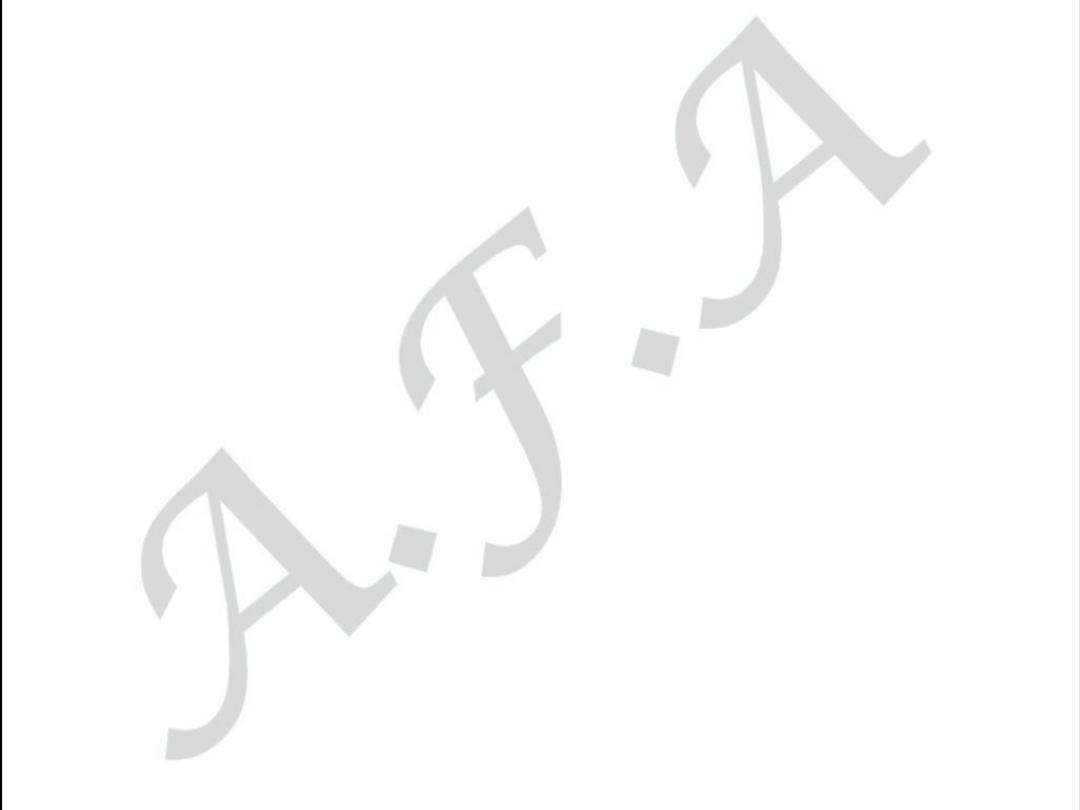
treatment
If the uerter ligated during surgery:
a-if discover at time of surgery---
deligation.
b-if discover bet 24-72hr.---
deligation+stent
c-if discover>72hr.---resection of the
ligated segment and end to end
anastmosis over a stent for 6wks.
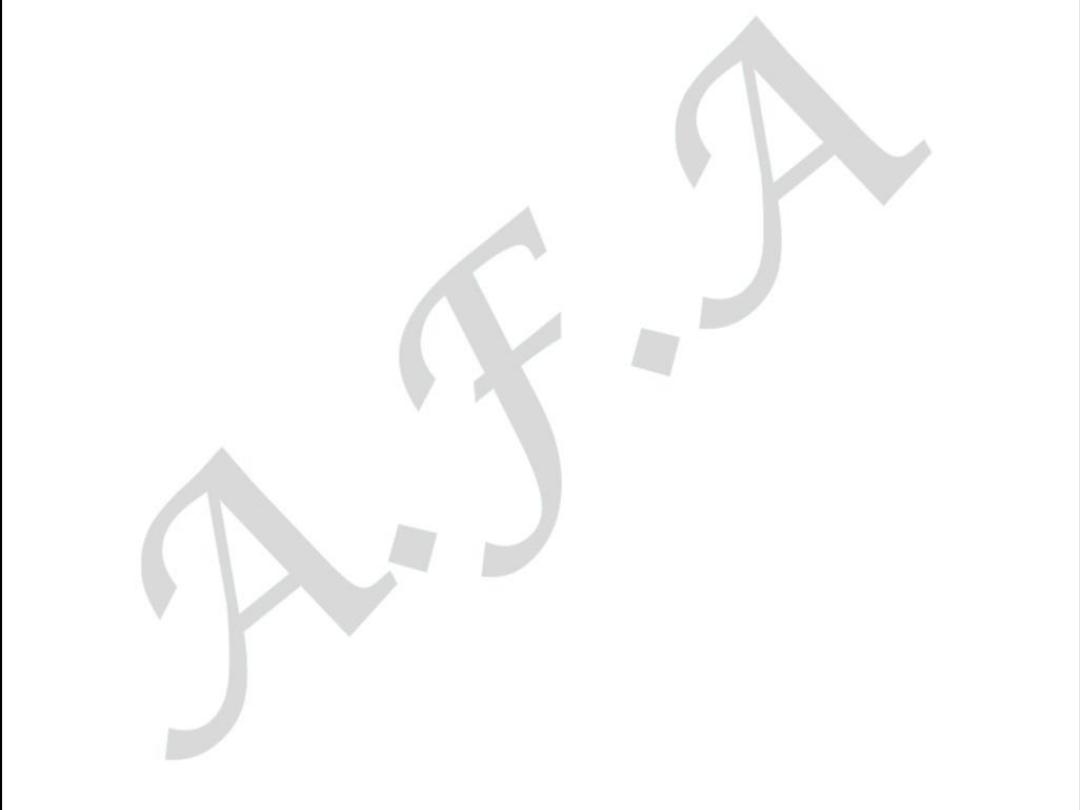
Subtitution for the ureter
-ileum if large segment of the ureter lost
-downword moblization of the kid.+
upward mobilization of the
bladder+Boari flap.
